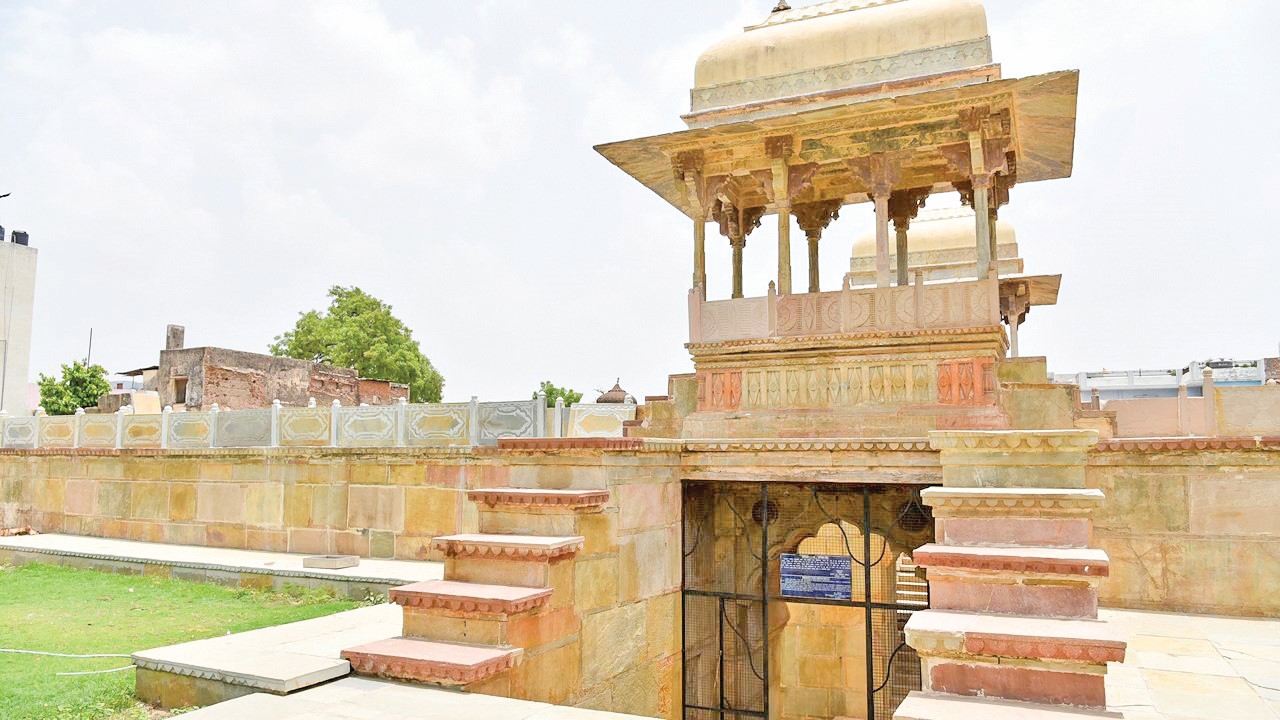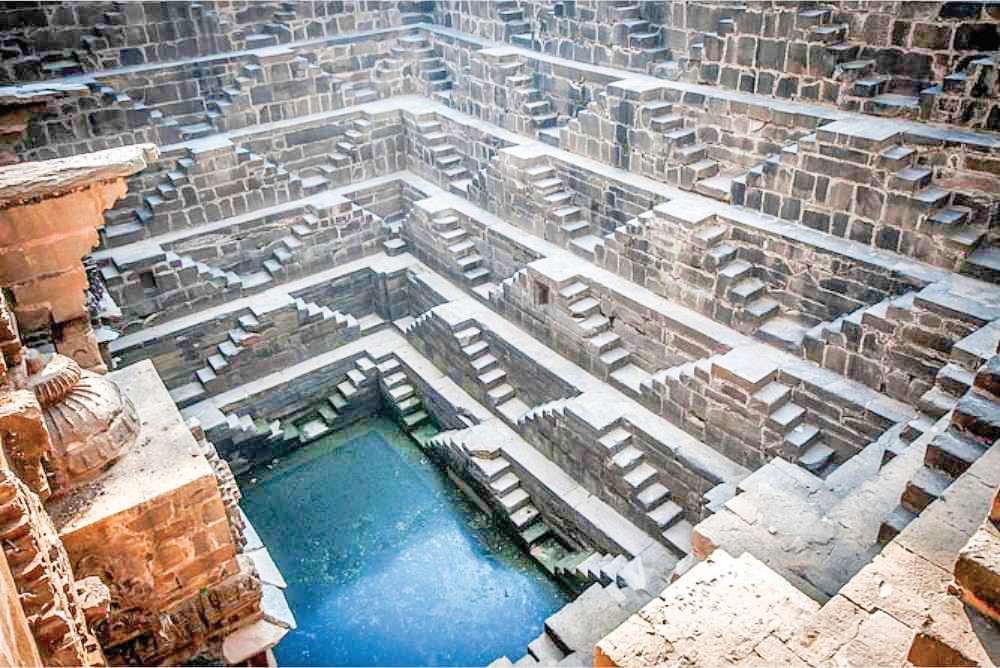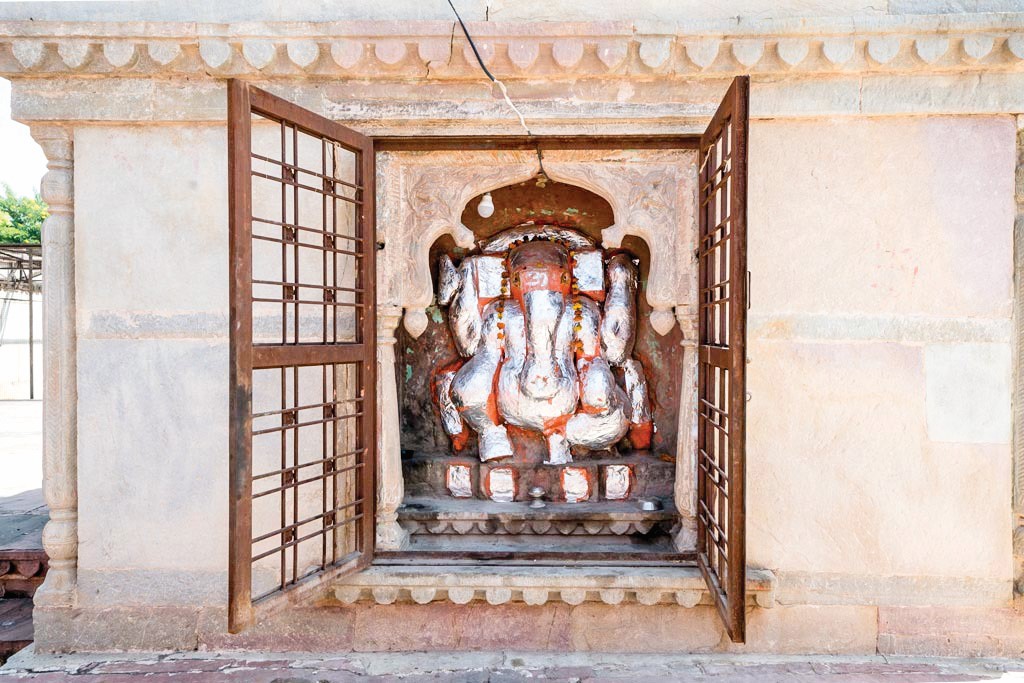
Rani Ji Ki Baori, also known as the Queen’s Stepwell, is a beautiful tribute to the ingenuity, artistic prowess, and cultural richness of 17th century Rajputana. This magnificent structure, commissioned by Rani Nathavati Ji, the younger queen of Rao Raja Anirudh Singh of Bundi, is not only a water source but a subterranean palace that continues to captivate visitors with its grandeur and historical significance.
Royal Patronage
The story of Rani Ji Ki Baori begins in the 1600s, during the reign of Rao Raja Anirudh Singh. His younger queen, Rani Nathavati Ji, envisioned a structure that would serve both practical and aesthetic purposes. The stepwell was designed to provide water to the local population while also serving as a gathering place for social and religious ceremonies.
Architectural Innovation
Stepwells, known as ‘baori’ in Hindi, were common in the arid regions of Rajasthan. These structures allowed access to water tables deep below the earth’s surface. However, Rani Ji Ki Baori stands out for its exceptional design and ornamentation, elevating it from a mere utilitarian structure to a work of art.
The Grand Entrance
Visitors to Rani Ji Ki Baori are first greeted by an imposing entrance adorned with intricate carvings. The gateway, flanked by pillars, sets the tone for the architectural splendor that awaits within.

Steps to Serenity
The most striking feature of the baori is its flight of steps. These carefully constructed stairs descend several stories into the earth, creating a mesmerizing geometric pattern. The symmetry of the steps is not just aesthetically pleasing but also serves a practical purpose, allowing people to reach the water at various levels as it fluctuates throughout the year.
The Water Reservoir
At the bottom of the stepwell lies the water tank, once the lifeblood of the local community. The reservoir’s design ensures that the water remains cool even in the scorching Rajasthani heat, a feat of engineering that speaks to the builders’ understanding of natural cooling techniques.
Intricate Carvings
Every surface of Rani Ji Ki Baori tells a story. The walls are adorned with exquisite carvings depicting scenes from Hindu mythology, daily life, and geometric patterns. These carvings, selected by Rani Nathavati Ji herself, showcase the artistic zenith of the Rajputana era.
Sculptural Marvels
Interspersed throughout the stepwell are sculptures of deities and mythical creatures. These three-dimensional artworks add depth and spiritual significance to the structure, transforming it into a subterranean temple of sorts.
Architectural Motifs
The baori incorporates various architectural motifs typical of Rajputana style. Ornate arches, decorative brackets, and beautifully carved pillars create a harmonious blend of form and function.
Social Gathering Space
In its heyday, Rani Ji Ki Baori was more than just a place to collect water. It served as a cool retreat during hot summer days and a venue for social gatherings. Women, in particular, would congregate here, making it a center of community life.
Religious Importance
The presence of religious iconography and sculptures imbues the stepwell with spiritual significance. It was likely used for ritual bathing and other religious ceremonies, especially during festivals.
Symbol of Royal Benevolence
By commissioning such an elaborate public works project, Rani Nathavati Ji demonstrated the royal family’s commitment to the welfare of their subjects. The baori stands as a symbol of the symbiotic relationship between the rulers and the ruled.

Ancient Wisdom at Work, Water Management
The stepwell’s design incorporates sophisticated water management techniques. The structure allows for the harvesting and storage of rainwater, while its depth taps into the natural water table, ensuring a year round water supply.
Ventilation and Cooling
The architects of Rani Ji Ki Baori cleverly designed the structure to maintain a cool environment. The descending steps create a microclimate, with temperatures at the bottom significantly cooler than at the surface, providing relief from the harsh Rajasthani climate.
Structural Stability
Despite centuries of exposure to the elements, Rani Ji Ki Baori remains structurally sound. This durability is a testament to the engineering skills of its builders and the quality of materials used in its construction.
Conservation Efforts
Over the centuries, Rani Ji Ki Baori has faced numerous challenges, including natural weathering and periods of neglect. The intricate carvings are particularly vulnerable to erosion and damage.
In recent years, there have been concerted efforts to restore and preserve this architectural gem. Conservation experts have worked to clean the structure, repair damaged sections, and implement measures to prevent future deterioration.
Community Involvement
Local communities and heritage enthusiasts have played a crucial role in advocating for the preservation of Rani Ji Ki Baori. Their efforts have helped raise awareness about the stepwell’s historical and cultural importance.
Growing Popularity
In recent years, Rani Ji Ki Baori has gained recognition as a must-visit destination in Bundi. Its unique architecture and historical significance attract tourists from around the world, contributing to the local economy.
Photography Haven
The stepwell’s geometric patterns and play of light and shadow make it a favorite among photographers. The interplay of sunlight on the carved surfaces creates ever-changing vistas throughout the day.
Educational Value
For students of history, architecture, and engineering, Rani Ji Ki Baori offers invaluable insights into traditional water management systems and Rajputana-era craftsmanship.
Rani Ji Ki Baori stands as a monumental tribute to the vision of Rani Nathavati Ji and the skilled artisans of 17th century Rajasthan.Its enduring beauty and utility act as a link between the past and the present, giving current tourists a look into the architectural and cultural riches of a bygone age.
As we descend the stairs of this majestic stepwell, we are not only entering a historical structure, but also stepping back in time. Each carved pillar, every intricate arch, and the very soul of this underground masterpiece convey the narrative of a people who valued beauty as much as use, spirituality as much as functionality. In an age of fast urbanization and shifting landscapes, Rani Ji Ki Baori emphasizes the necessity of maintaining our architectural history.
It is more than simply a tourist attraction; it is also a living example of sustainable water management, artistic quality, and the everlasting force of human ingenuity.
As the light casts its ever-changing shadows on Rani Ji Ki Baori’s carved façade, it continues to inspire amazement and wonder, just as it did centuries ago when a visionary queen resolved to give her people more than just water, but a masterpiece that would satiate the thirst of future generations.















